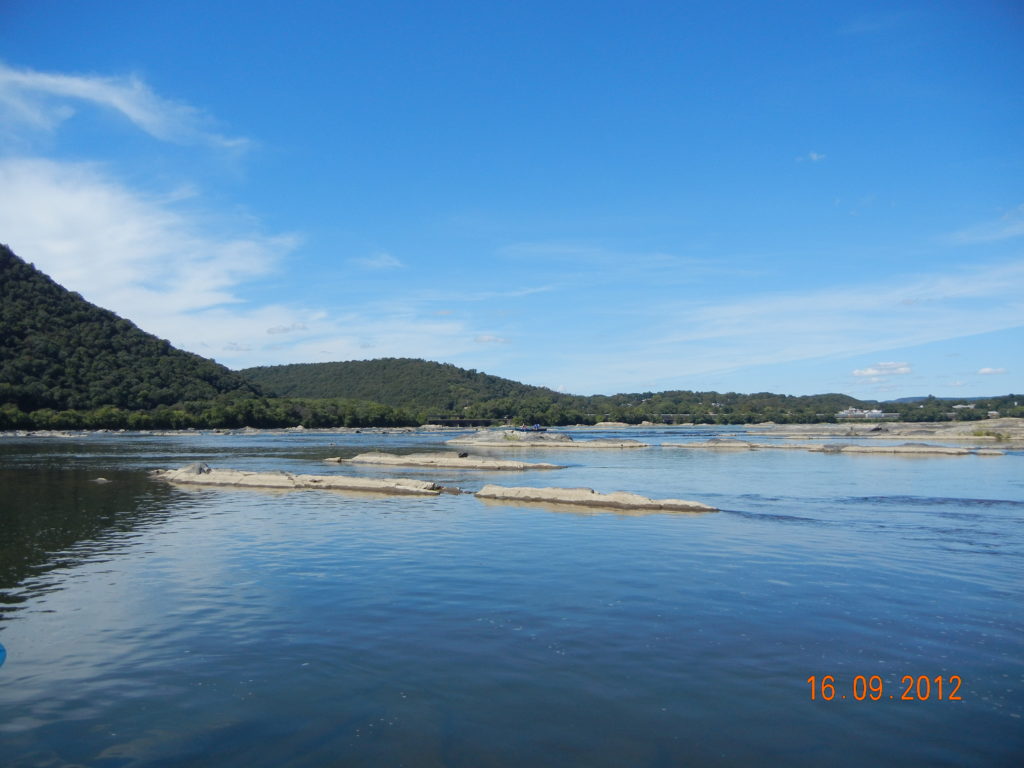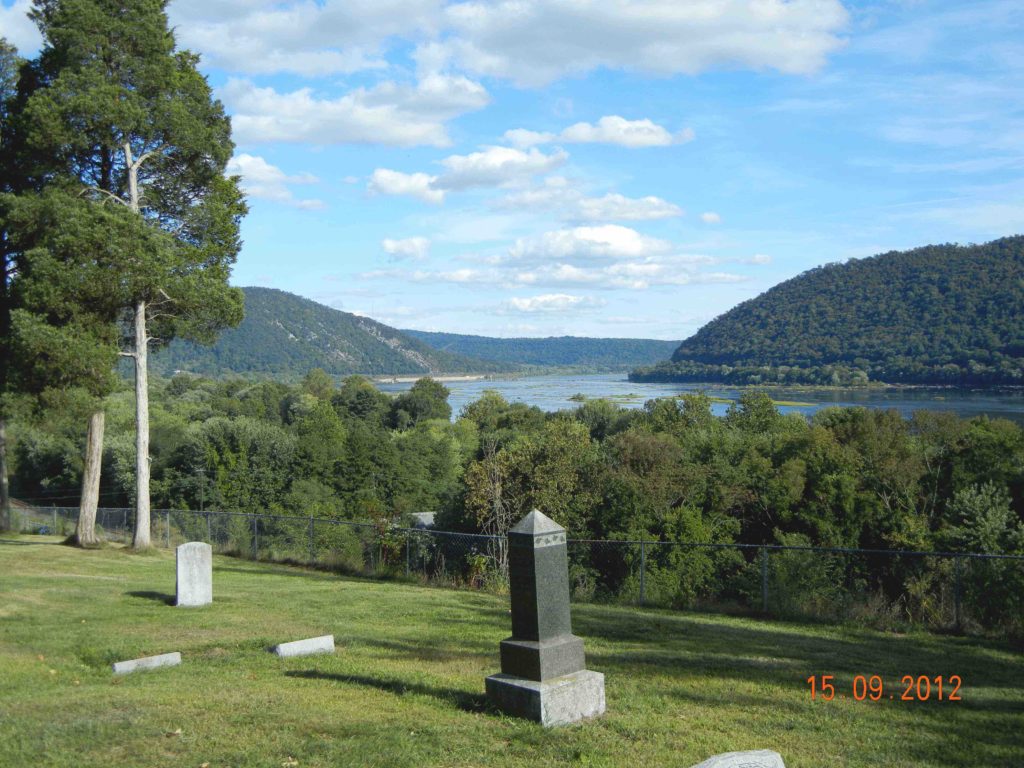- Delays
- Details about which an author must worry
- A book for you to read while you’re waiting for book three
- And a new puzzle
Collapse Update:
More delays. I won’t bore you with the details. But 2020 is still valid for release.
Picky Little Details:
Besides the external plot and the internal struggle, each novel in the Crossover Series contains a myriad of minor details.
One example is the difference between a dock and a pier.
We landlubbers may think a dock is the same as a pier, but to a professional sailer the dock is the water adjacent to the pier to which he ties his vessel. A dock is a watery parking space, while a pier is like a sidewalk.
Hence, in book three, Brent ties up the Argos to a pier. Not a dock.
Book Review:
Against the Tide of Years: A Novel of the Change by S. M. Stirling
From Amazon:
It’s spring on Nantucket Island and everything is perfectly normal, until a sudden storm blankets the entire island. When the weather clears, the island’s inhabitants find that they are no longer in the late twentieth century…but have been transported instead to the Bronze Age! Now they must learn to survive with suspicious, warlike peoples they can barely understand and deal with impending disaster, in the shape of a would-be conqueror from their own time.
From Wikipedia:
At 9:15 pm EST on March 17, 1998, the island of Nantucket, Massachusetts and the United States Coast Guard cutter Eagle, are transported by an unknown phenomenon (called “The Event”) back in time to the Bronze Age circa 1250s B.C. (corresponding to the late Heroic Age of the Trojan War).
As the truth of what has happened sinks in, panic grips the island. Chief of Police Jared Cofflin is given emergency powers and begins organizing the people to help produce food for the island so they can feed themselves. Meanwhile, Captain Marian Alston takes the Eagle to Britain, with Ian Arnstein and Doreen Rosenthal as interpreters, where they trade Nantucket made goods with the Iraiina, which translates as “Noble ones”, a tribe that has been steadily invading the island, for grain. The Iraiina are just one of the many Sun People Tribes. As a gift the Iraiina chief gives Marian a slave, Swindapa, a captured female “Earth People” warrior. Swindapa is freed and decides to stay with Marian. The Eagle leaves for Nantucket but takes with them Isketerol, a Tartessian merchant who hopes to learn from the Americans.
While the people of Nantucket work for their survival, the ambitious and ruthless Lieutenant William Walker of the USCGC Eagle, decides that with modern technology he could become a king in this time…
My take:
Not only does Mr. Stirling do a great job of taking Nantucket Island and plopping it back into the Bronze Age, he captures the life and people of that ancient time.
My complaint:
He gave his characters an entire island of technology (including machine shops and a Coast Guard sailing ship!) for their trip back to the Bronze Age. Whereas, my poor characters only had what they could take on horseback. (Joe, the Protagonist in Conflict, was quite jealous when he found out about all the tech. And no way can I repeat what Larry said…).
The Puzzle:
Here’s another puzzle. It’s only 48 pieces so it goes together in a jiffy when you drag the pieces around on your screen.
1. Just click HERE for the puzzle.
2. Click and drag the pieces on your device. If you leave the sound on you’ll hear a satisfying “click” when the pieces fit together.
3. Can you guess where this photo was taken? And why I considered it important when writing Conflict?
4. Email me the answer at walt@waltsocha.com
The Solutions to Last Newsletter’s Puzzle:
I chose this image was chosen to illustrate the shallowness of the Susquehanna River.
Joe and his friends spent a day searching for a safe route for the horses to cross. There’s a lot of hidden crevices out there!


